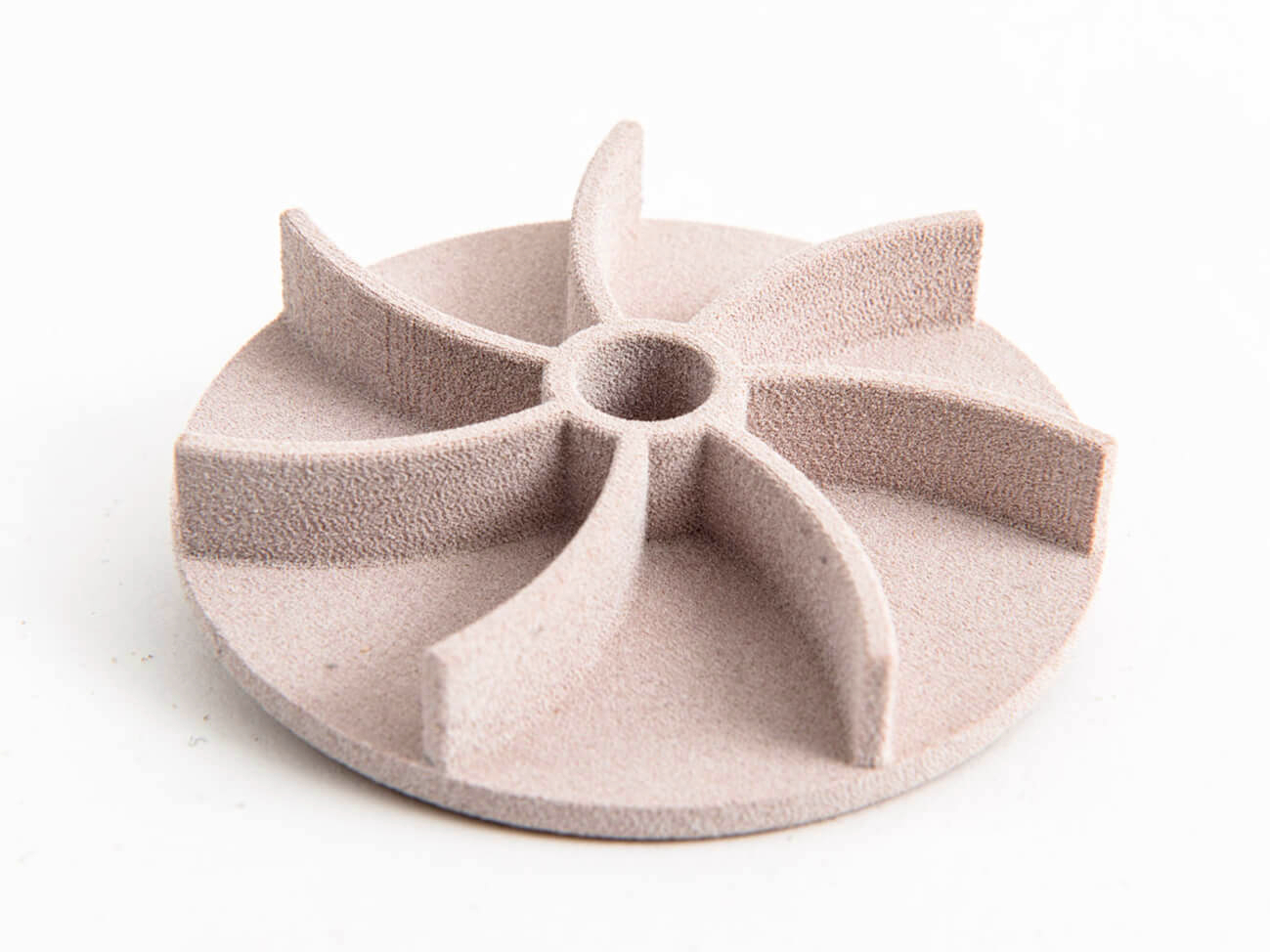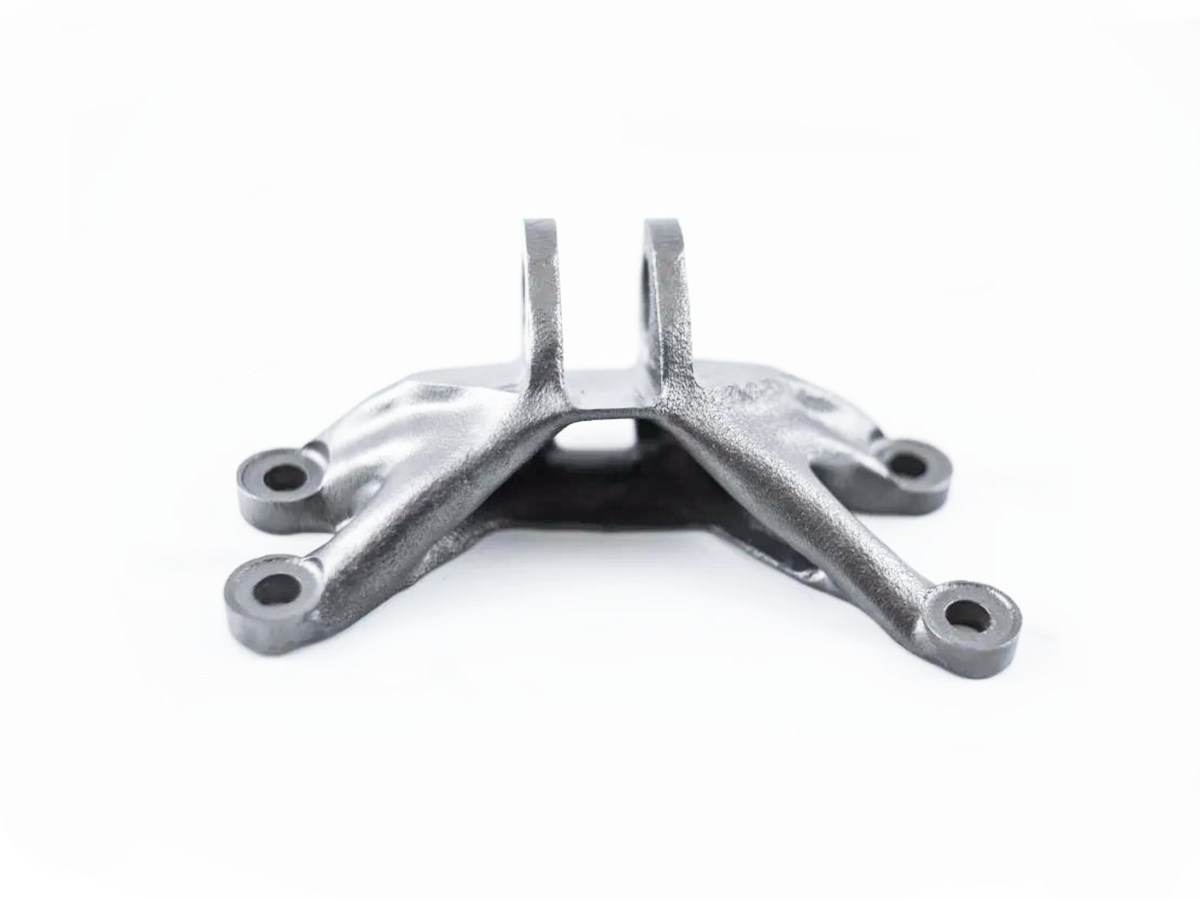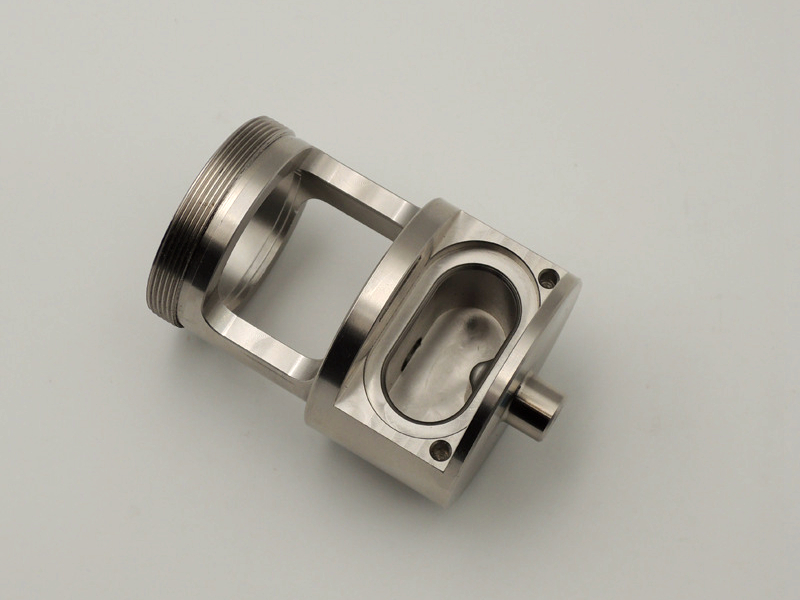Can the mechanical properties of Inconel DMLS-printed parts match forged components?
From a materials engineering and manufacturing standpoint, the question of whether DMLS-printed Inconel parts can match the mechanical properties of forged components requires a nuanced answer. Yes, it is possible for DMLS parts to match and even exceed certain properties of forgings, but this is not automatic and is contingent upon a rigorous post-processing regimen and a critical understanding of "matching" in context. The key differentiator is that for DMLS, the properties are achieved through post-processing, whereas for forgings, they are inherent from the thermomechanical working.
The Metallurgical Divide: As-Built vs. Wrought
As-built DMLS Inconel (e.g., Inconel 718) possesses a non-equilibrium microstructure characterized by fine grains, dendritic structures, and element segregation (e.g., Laves phases). It also contains residual stresses and potential for microscopic porosity. While this can result in high tensile strength, it often compromises ductility, fatigue life, and stress rupture performance compared to a forged counterpart.
Forged Inconel benefits from a homogeneous, wrought microstructure with refined, equiaxed grains achieved through severe plastic deformation and recrystallization. This process breaks down chemical segregation and creates a isotropic material with excellent ductility and proven high-temperature performance, making it the historical benchmark for critical components in aerospace and aviation.
The Path to Parity: Post-Processing
For a DMLS part to be considered for a forging application, it must undergo specific treatments to transform its structure:
Hot Isostatic Pressing (HIP): This is non-negotiable for critical parts. HIP eliminates internal porosity and voids, achieving near-theoretical density. It also helps homogenize the microstructure, significantly improving ductility and fatigue life by removing stress-concentrating defects.
Solution Annealing and Aging: A precise heat treatment cycle is required. Solution annealing dissolves the deleterious secondary phases (like Laves and delta phase) back into the matrix, while the subsequent aging treatment precipitates the strengthening gamma prime and gamma double prime phases in a controlled manner. This is essential for achieving the high-temperature strength and creep resistance Inconel is known for.
After this combined HIP and heat treatment cycle, the tensile properties (yield and ultimate strength) of DMLS Inconel 718 can indeed meet or exceed the specifications for forged AMS 5662 material. Ductility (as measured by elongation and reduction of area) can also be specified.
Property Comparison and Persisting Differences
Mechanical Property | DMLS + HIP + HT Condition | Forged & Heat-Treated Condition | Key Observation |
|---|---|---|---|
Tensile Strength & Yield Strength | Can meet or exceed forged specs. | Meets established material specs (e.g., AMS). | DMLS can achieve parity. |
Ductility (Elongation) | Can be brought within spec after proper HIP/HT. | Typically high and consistent. | Parity is achievable with optimized process. |
Fatigue Life | Highly dependent on surface finish. Can match forged with electropolishing or machining. | Excellent, with high predictability. | Surface quality is the dominant factor. |
Anisotropy | Largely eliminated by HIP, but minor directional effects may persist. | Isotropic due to thermomechanical working. | Forgings are inherently more isotropic. |
High-Temperature Creep & Stress Rupture | Can be more variable and potentially inferior due to the absence of a wrought grain structure. | Superior and highly consistent; the gold standard. | This is often the most significant differentiator for extreme service. |
Engineering Verdict and Selection Criteria
The decision between DMLS and forging is not solely about matching a datasheet property.
Choose DMLS when: The application benefits from complex, lightweight, consolidated geometries unachievable with forging; lead time for prototyping and low-volume production is critical; and the post-processed mechanical properties are verified to be sufficient for the service life, including fatigue and creep requirements.
Choose Forging when: The highest possible levels of reliability, isotropy, and proven performance under extreme stress rupture and creep conditions are paramount (e.g., rotating turbine disks); the component has a simple, forgeable geometry; and high-volume production makes it cost-effective.
In conclusion, with a comprehensive and qualified post-processing pipeline, DMLS-printed Inconel parts can achieve functional equivalence to the mechanical properties of forged components in many applications. However, for the most demanding high-temperature, long-duration service environments where the consistent, wrought microstructure of a forging is irreplaceable, forging remains the superior choice.



